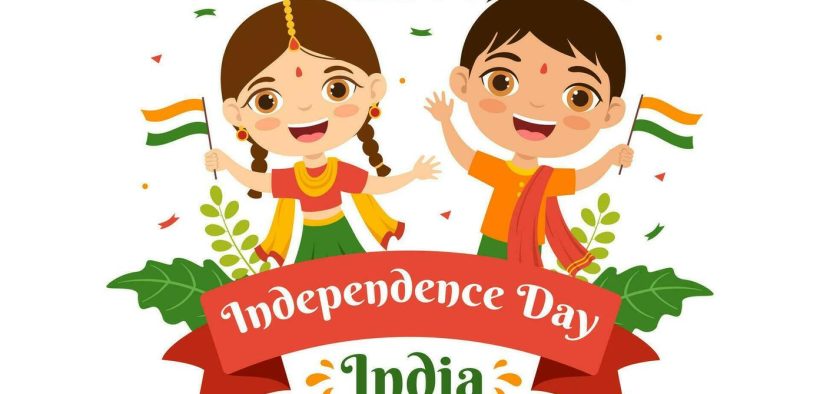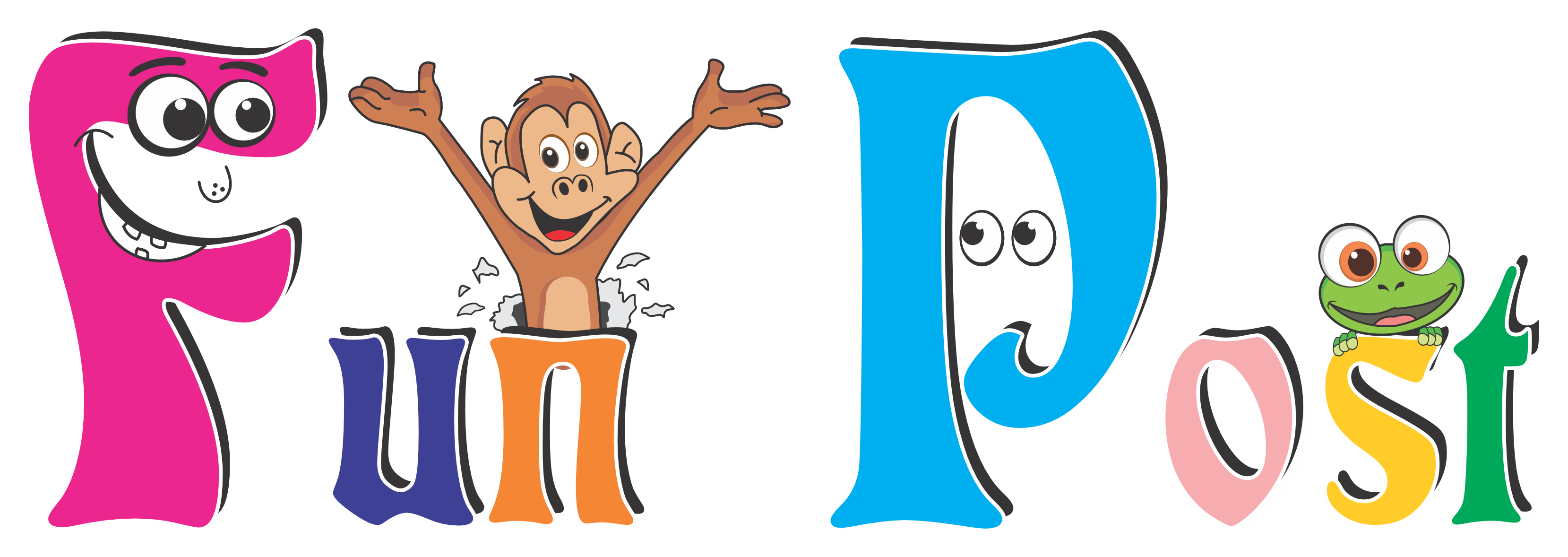Celebration of Patriotism
Share

This is the 75th year of India as an independent nation and perhaps a good time to look back at all our past. Being a country so rich in history, culture and diversity the festivals in India are celebrated with full vigor. The Independence Day and the Republic day are celebrated as no less than festivals. They give us a chance to celebrate victory of India over the foreign rule and honor all those who contributed to it. These are occasions hold great sentimental values for us Indians.

From tales of grandparents, teachers, history textbooks and now online articles I have learnt about India’s first day as a free nation. On 15 August 1947, India became independent from the British Empire. The transfer of power was overseen by Lord Mountbatten, the last viceroy of India. Independent India’s first Prime Minister Pandit Jawaharlal Nehru delivered the famous speech ‘Tryst with Destiny’ on August 15, 1947, after hoisting the Indian national flag on the Lahori Gate of Red Fort. It has since become a convention for all prime ministers to hoist the flag and address the country on every Independence Day. That people were out on the streets celebrating the newfound freedom. The first Republic Day was celebrated at the Irwin Amphitheatre in Delhi. Unlike now, the first Republic Day had to performances and acts. The day was celebrated in a simple way with the Army band, flag hoisting, and national anthem.
Ever since, on these days, various activities for celebration are carried out. Initially there were events and performances being held at schools and colleges. The unfurling of flag at the Red Fort has continued since 15 the August 1947.The main spectacle for Republic day celebrations became the Republic day parade. The methods of celebrations remained traditional yet soulful and dedicated solely to the feeling of patriotism.
The Republic Day parade in Delhi is held in the capital, New Delhi and is organised by the Ministry of Defence. Commencing from the gates of the Rashtrapati Bhavan (the President’s residence), Raisina Hill on Rajpath past the India Gate, this event is the main attraction of India’s Republic Day Celebrations and lasts for three days. The parade displays India’s Defence Capability, Cultural and Social Heritage. Nine to twelve different regiments of the Indian Army in addition to the Navy, and Air Force with their bands march past in all their finery and official decorations. The President of India, who is the Commander-in-Chief of the Indian Armed Forces, takes the salute. Twelve contingents of various para-military forces of India and police forces also take part in this parade. This has been an event of nationwide interest and people from far afar visit Delhi to witness the parade in all its glory.
Slowly small scale celebrations have started to take place. The people organize flag hoisting in housing societies and office campuses. Flag hoisting and March-Past at schools has become quite common. Nowadays various competition and events are organized by public as well as private organizations in various categories such as dance, music, art, elocution and even creative writing for all people from all age groups, in the spirit of patriotism. People dress up in the colours of the tricolored national flag or even as freedom fighters that were part of our struggle for freedom.
Amongst all this, there looms a danger of letting the festivities of patriotic sentiment become occasions of show. Extravagant events or parties being held just to please the society with no feeling of dedication toward the nation become pointless. Posting content on social media platforms for others to see how patriotic one is, is not correct. The people of the earlier generation had faced the torture and harshness of the slavery, the state where they had no power to exercise even within their own country and they realized the cruelty and suffocation of it. For the current younger generation, those times probably feel like stories of an age long ago. They perhaps don’t fully understand the real miseries the people faced. What everyone needs to understand is however small a gesture or act done with a feeling of goodwill towards the betterment of the people and country, is true patriotism. The abiding of the laws of the country by every citizen is sufficient to show their respect and love for India. Patriotism is seen not in words but real actions.
We must instill this in us as well as the coming generations this emotion of true patriotism for the growth and development of the country as well as conservation of our rich heritage.

Vihaa Parekh
Grade 9
Zydus School for Excellence, Vejalpur












